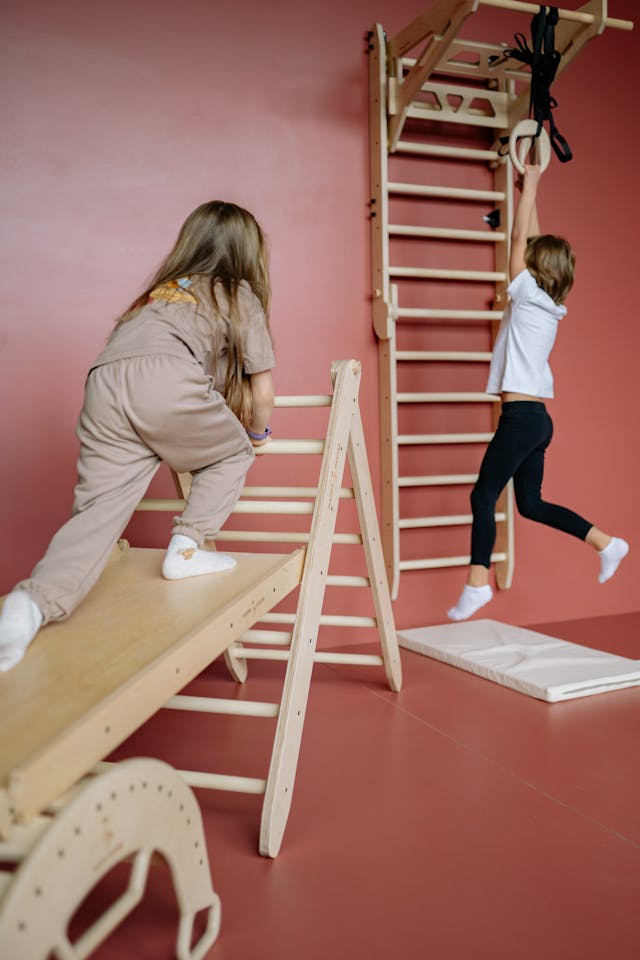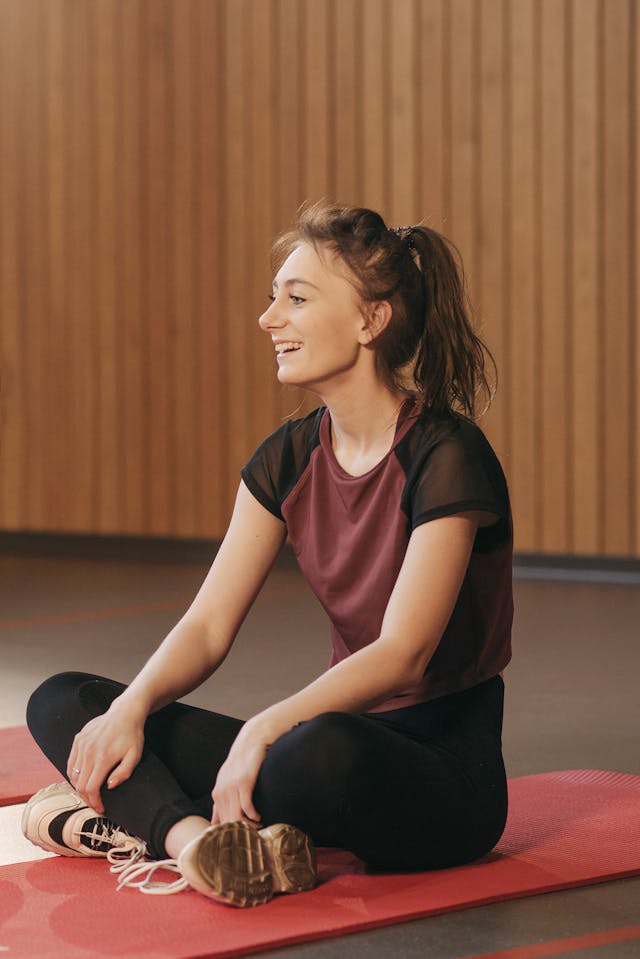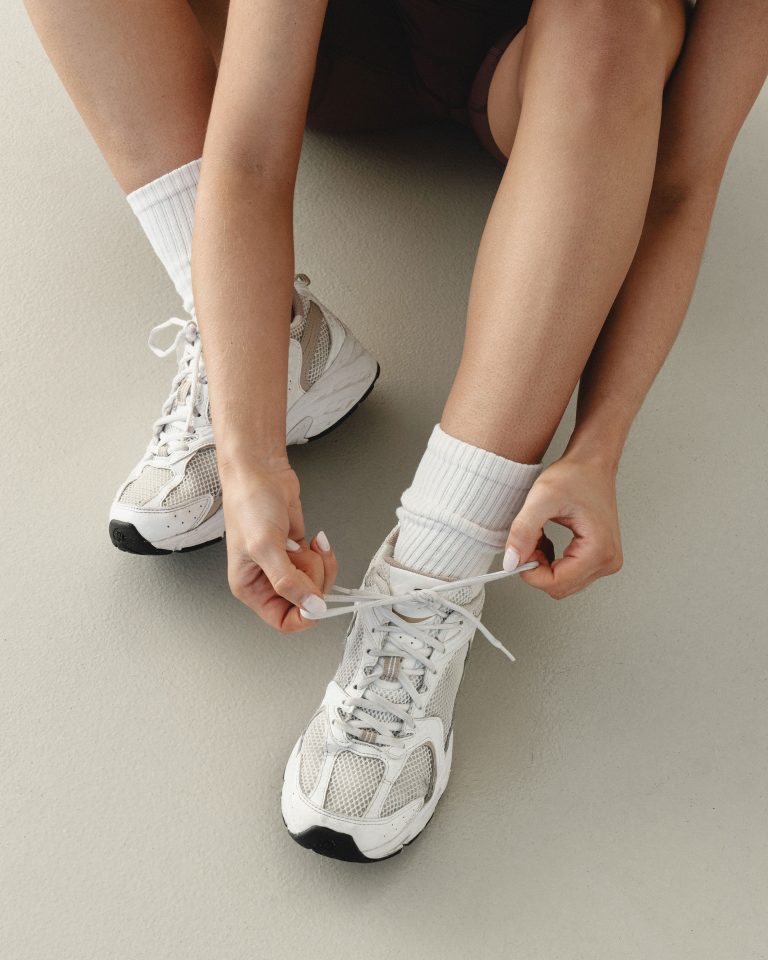How to Keep Your Kids Active
In a world filled with screens, from tablets and smartphones to televisions and video games, encouraging children to be physically active can feel like an uphill battle. It’s easy for kids to fall into a sedentary lifestyle, but movement is absolutely essential for their healthy development. Regular physical activity builds strong bones and muscles, helps maintain a healthy weight, improves sleep, and even boosts mood and concentration.
The challenge for many parents isn’t knowing that activity is important, but figuring out how to make it happen. How do you compete with the instant gratification of a video game? The key is to make movement fun, engaging, and a natural part of your family’s daily life. It’s not about forcing your kids into structured exercise; it’s about inspiring a lifelong love of being active.
This guide is filled with fun, creative, and practical ideas to get your children off the couch and on the move. We’ll explore family activities, simple games, and ways to reframe exercise as an adventure, helping you build a more active and healthier lifestyle for your entire family.
Make Fitness a Family Affair
One of the most powerful ways to encourage your kids to be active is to do it with them. Children learn by example, and when they see you prioritizing and enjoying physical activity, they are far more likely to embrace it themselves. Making fitness a family activity transforms it from a chore into a cherished time for connection and fun.
Schedule Active Family Time
Just as you schedule appointments and meetings, block out time in your family calendar for active fun. This sends a clear message that movement is a priority.
- Weekend Adventures: Dedicate one morning or afternoon each weekend to an active outing. This could be a hike at a local state park, a family bike ride on a nearby trail, or a trip to a lake for some swimming and kayaking.
- Post-Dinner Walks: Instead of immediately turning on the TV after dinner, make a 20-minute family walk a regular part of your evening routine. It’s a wonderful way to connect, talk about your day, and aid digestion.
- Active Vacations: When planning your next family trip, look for destinations that offer opportunities for activity. This could mean a beach vacation with plenty of swimming and sandcastle building, a trip to the mountains for hiking, or visiting a city where you can explore on foot or by bike.
Turn Chores into Active Games
Household chores don’t have to be a drag. With a little creativity, you can turn them into fun physical challenges.
- Yard Work Olympics: Raking leaves can become a race to see who can make the biggest pile first. Carrying bags of mulch can be a “strongest family member” competition.
- Dance Party Cleaning: Turn on an upbeat playlist and have a dance party while you clean the house. Mopping, sweeping, and dusting all become more fun when you’re moving to the music.
Gamify Movement: Fun and Simple Activities
Kids respond to games and challenges. By “gamifying” exercise, you can tap into their natural love of play and get them moving without them even realizing they’re “working out.” You don’t need a lot of space or fancy equipment for these ideas.
Indoor Fun for Rainy Days
Being stuck inside doesn’t have to mean being stuck on the couch.
- The Floor is Lava: This classic game is a fantastic workout. Challenge your kids to move from one end of the room to the other using only pillows, furniture, and blankets without touching the “lava” floor. It builds balance, coordination, and problem-solving skills.
- Animal Walks: Have your kids mimic the movements of different animals. They can hop like a frog, crawl like a bear, waddle like a penguin, or gallop like a horse. This is a silly and fun way to engage different muscle groups.
- Build an Obstacle Course: Use pillows, chairs, boxes, and blankets to create an indoor obstacle course. Have them crawl under tables, climb over cushions, and zig-zag around toys. Time them to see if they can beat their personal best.
- Dance-Offs and Freeze Dance: Put on your family’s favorite high-energy songs and have a dance-off. In freeze dance, one person controls the music, and everyone has to freeze in place when the music stops.
Outdoor Adventures in Your Own Backyard
Your backyard or a local park can be a perfect setting for active play.
- Scavenger Hunts: Create a nature scavenger hunt. Give your kids a list of items to find, such as a smooth rock, a yellow leaf, a Y-shaped stick, or a specific type of flower. This encourages exploration and keeps them moving with a purpose.
- Classic Yard Games: Don’t underestimate the power of timeless games like tag, hide-and-seek, red light-green light, or capture the flag. These games are great for developing speed, agility, and strategic thinking.
- Bubble Chasing: For younger children, a simple bottle of bubbles can provide endless entertainment and activity as they run, jump, and pop them.
Introduce Them to Sports and Hobbies
Getting your children involved in organized sports or active hobbies can be a great way to build physical skills, learn about teamwork, and develop self-confidence. The key is to let your child lead the way and choose something they are genuinely interested in.
Focus on Fun, Not Competition
For younger children, the emphasis should always be on participation and fun rather than winning. The goal is to foster a positive association with the sport.
- Offer a Variety of Options: Expose your kids to a range of activities. This could include traditional team sports like soccer or basketball, or individual pursuits like gymnastics, martial arts, swimming, or dance.
- Respect Their Choices: If your child tries a sport and decides they don’t like it, that’s okay. Forcing them to continue can create a negative experience that turns them off from being active altogether. Encourage them to finish the season, but then be open to trying something new.
- Keep it Low-Pressure: Celebrate their effort and participation, not just their performance. Ask them, “Did you have fun?” instead of “Did you win?”
Active Hobbies Beyond a Team
Not all kids are drawn to competitive team sports. There are plenty of other active hobbies to explore.
- Biking: Teach your child to ride a bike and explore your neighborhood or local bike paths together.
- Skateboarding or Rollerblading: These activities are great for building balance and core strength.
- Gardening: Digging, planting, weeding, and watering are all physical tasks that connect kids with nature and the food they eat.
Limit Screen Time, But Don’t Eliminate It
In today’s world, eliminating screens entirely is unrealistic for most families. The goal should be to find a healthy balance.
Set Clear and Consistent Boundaries
Establish clear rules around screen time, such as “no screens during meals” or “all screens off one hour before bedtime.” The American Academy of Pediatrics recommends creating a Family Media Plan that is tailored to your family’s values and needs.
Make Screen Time Active
You can even leverage technology to encourage movement.
- Exergaming: Games that require players to physically move, such as dancing games or virtual sports, can be a great way to get hearts pumping.
- Activity Trackers: For older kids, a simple fitness tracker can turn daily activity into a game. They can enjoy tracking their steps, participating in family challenges, and working toward daily goals.
Conclusion: Build a Foundation for a Healthy Life
Keeping your kids active is one of the greatest gifts you can give them. It’s not about creating elite athletes; it’s about instilling healthy habits and a joy for movement that will last a lifetime. The most important thing is to lead by example and make activity a positive, fun, and integral part of your family’s culture.
Start small. Pick one or two ideas from this guide and try them out this week. Maybe it’s a family walk after dinner or an indoor obstacle course on a rainy day. Celebrate the laughter and the memories you create along the way. By making movement a source of joy and connection, you are laying the foundation for a happy, healthy, and active life for your children.






